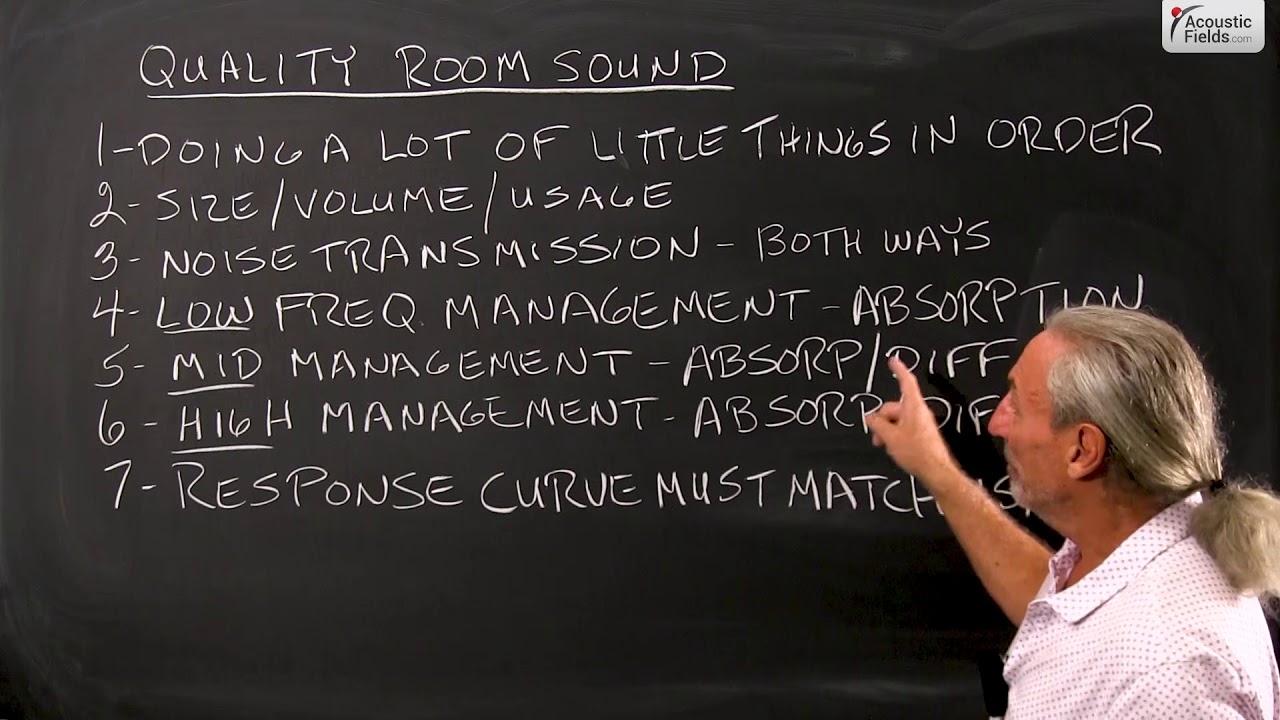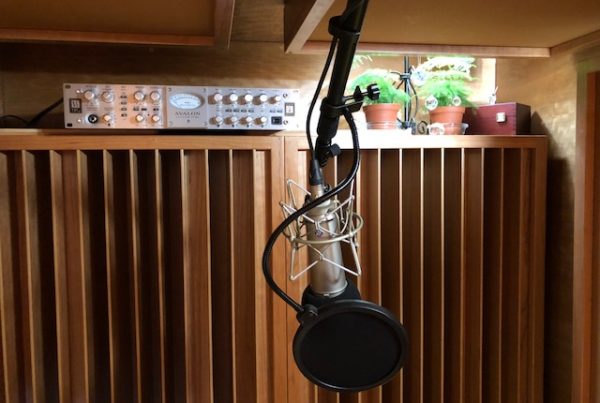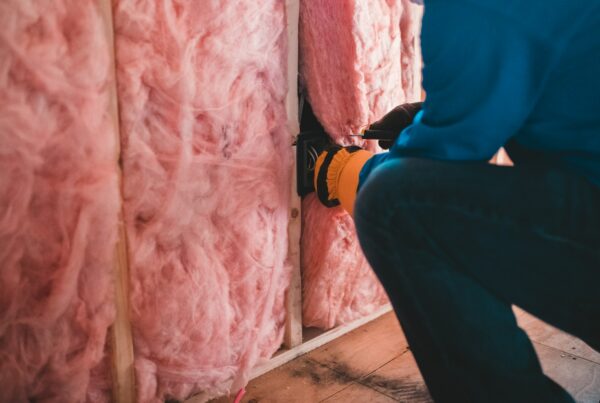I know you’ve heard me say this a lot of times and a lot of people have commented about, list the things that we need to do to have quality sound in a room. There’s a lot of things that you need to do but it’s important to do them in the right order.
I see a lot of people get the cart before the horse, if you will. They’ll build the room and then they’ll call me and they say “Well, the low end is horrible. I can’t record drums in it because the ceiling is too low.” These are all issues that you should have thought about before you built the room. And most of the time these issues can be corrected. It’s a lot easier the erase a line on a piece of paper and a drawing, schematic of a room than it is to move a wall. So if you do a little planning ahead of time, you can save yourself a lot of aggravation and cost.
So size, volume and usage first. You have to determine what size of a room you’re going to need for what you’re going to doing in the room. Playing drums in a room is way different than vocals. I don’t understand why people don’t understand the energy differences. And it’s all about the energy differences. Drums are a full range instrument, vocals are not. Pressure levels in drum rooms are way higher than vocal rooms. So the bottom line here is you have to match the size of the room, the volume of the room to what you’re doing in the room, okay? That’s first and foremost on your list.
Next is noise. We have to make sure that the noise that we’re generating in the room, music I guess, is staying in the room and that no noise from outside sources is getting in. Because with today’s high resolution sources noise can be a big problem. We want to keep the noise floor in the room as low as possible. So that we have more room, more dynamic range, if you will, to work with. So noise transmission must be measured, quantified and qualified, remember? Can’t guess at it. If you guess, you’ll usually guess wrong.
Then we have to take the 3 frequency ranges and consider them individually. That’s why I’ve listed them individually here. Low frequency management must be the first concern. And I know there’s literature out there that says you diffuse low frequencies. You do not. You absorb them. So we want to use absorption for low frequencies. That’s what we want to do there. Get those managed. Mids and highs. We can use a combination of absorption and diffusion depending on usage. So we want to make sure that we match the treatment to the usage.
And then the response curve. You have to measure the room and get a response curve that matches your usage. The response curve in a live room is going to be different than the response curve in a vocal room. Because you’re dealing with different energy. All about the range of energy. Vocals, probably, male vocals start at a 100, go to 2,000 maybe. Female vocals might start 125, go to 4,000. And then drums, what drums? Kick 40 cycles and you can go all the way up to probably 10,000 with the China. Completely different criteria. Completely different acoustical requirements.
So match the curve to the room, get the right size room, keep the noise out and balance the low, mids and highs.
—
This is an unedited transcript from our video series from Acoustic Fields. There will be some errors in grammar and sentence structure that occur during this translation process.
For complete understanding and comprehension, please view the video which is included in this text. For any additional information regarding this topic or others relating to room acoustics, please contact us directly at:
P: 520 – 392 – 9486







